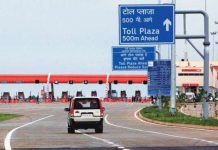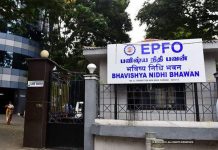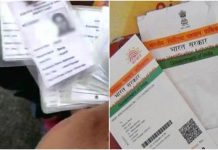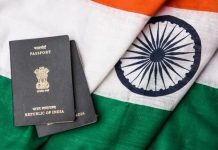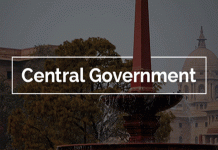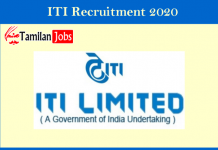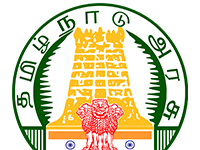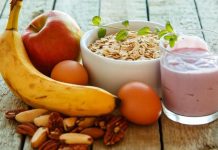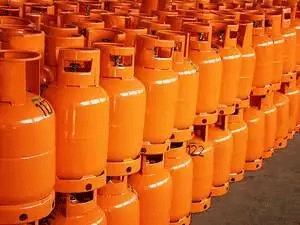
The administered prices of subsidised household fuels has risen sharply, with kerosene up 65% and cooking gas up 17% in the past two years, but the subsidy on both products, which the government tried to cut with regular price hikes, has also risen sharply because of soaring oil prices.
Kerosene, a cooking and lighting fuel which the rural poor purchase from the public distribution system, rose to Rs 25.03 a litre on June 1 in Mumbai from Rs 15.02 a litre on July 1, 2016 as state oil firms are increasing the price by 25 paise every fortnight.
However, the under-recovery or the discount to market rates on the subsidised fuel has increased 54% to Rs 18 per litre from Rs 11.7 per litre in the past two years because of higher oil prices. In the same period, price of subsidised cooking gas rose Rs 72.39 a cylinder, or about 17%. On June 1, a 14-kg cylinder was priced at Rs 493.55. Subsidy on cooking gas has increased 59% to Rs 205 per cylinder from Rs 129.
The government controls the price of cooking gas and kerosene but has freed up the sale of all other petroleum products over the years. The government wants households to shift from the polluting kerosene to cleaner cooking gas and electricity. It has expanded cooking gas consumer base at a record pace in the past three years and is hoping to take grid electricity to every home quickly. The allocation of subsidised kerosene to states has been cut 42% in two years to 50 lakh kilolitres in 2017-18.
But in many parts of the country, rural poor still depend on kerosene as electricity supply is patchy and cooking gas not so affordable. Petrol and diesel, the two key transportation fuels whose rates are no more controlled by the government, witnessed much smaller rate hikes in comparison to kerosene even though international oil rates, to which they are linked, have surged. Local rates of petrol rose 20% and that of diesel 26.5% in two years.
State-run companies began raising rates of subsidised kerosene by 25 paise a fortnight, and that of cooking gas by Rs 2 a month in July 2016 as part of the government effort to eliminate fuel subsidy that had already substantially shrunk after the deregulation of petrol and diesel and a drop in the oil price. After higher diesel and petrol rates triggered a public outcry last October, the Central government cut prices of the two fuels by Rs 2 a litre by reducing taxes. Around the same time, the government also asked oil companies to pause rate hikes in cooking gas and kerosene to prevent any public backlash.
The pause in cooking gas has continued but hikes in kerosene resumed from January. A sharp cut in supply, and reduction in oil prices helped cut subsidy on kerosene from Rs 24,800 crore in 2014-15 to Rs 4,672 crore in 2017-18.

